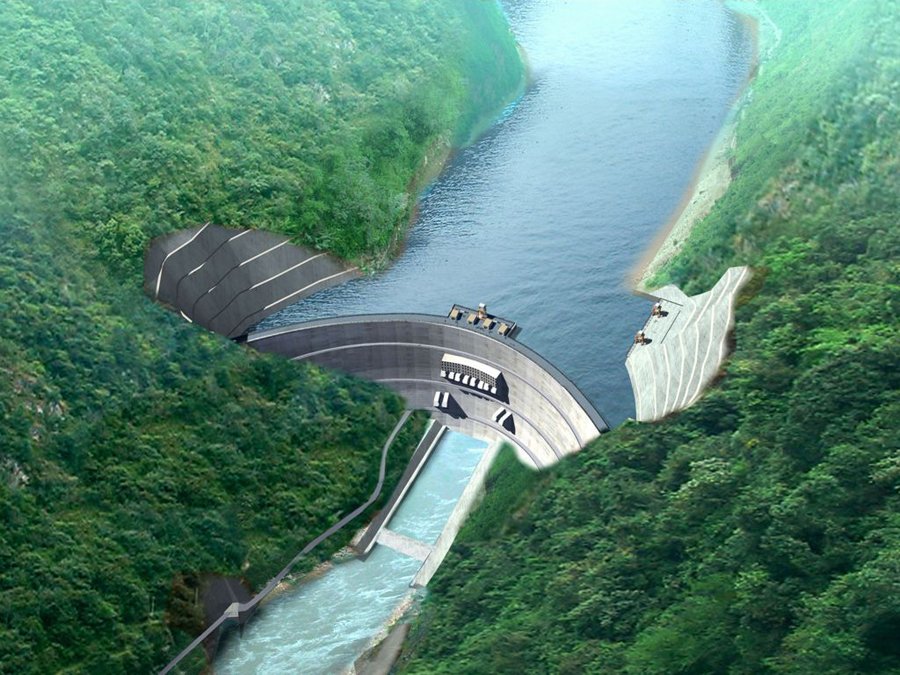Using the gravity of flowing water to generate electricity is called hydropower.
The gravity of water is used to spin turbines, which turn magnets in rotating generators to generate electricity, and water energy is also classified as a renewable energy source. It is one of the oldest, cheapest and easiest power generation technologies.
Hydropower is broadly divided into four categories: conventional (dams), pumped storage, riverine and offshore (tidal). Hydropower is one of the top three sources of electricity in the world, the other two being the burning of fossil and nuclear fuels. As of today, it accounts for one-sixth of the world’s total electricity generation.
Advantages of hydropower
Safe and Clean – Unlike other energy sources such as fossil fuels, it is as clean and green as nuclear, biomass. These power plants do not use or release fuel and therefore do not emit any greenhouse gases.
Renewable – Considered a renewable energy source because it uses the earth’s water to generate electricity. Water is recycled back to the earth in its natural form without any pollution. It never runs out due to the natural water cycle.
Cost-Effective – Despite huge construction costs, hydropower is a cost-competitive energy source because maintenance and operating costs are very low.
Flexible Source – This is a flexible source of electricity as these power plants can quickly scale up and down based on energy demand. The start-up time of a hydro turbine is much less than that of a steam or gas turbine.
Other Uses – This water can also be used for irrigation and aquaculture due to the huge reservoirs created by hydropower projects. The lake formed behind the dam can be used for purposes such as water sports and leisure activities, making it a tourist attraction that can generate revenue.
Disadvantages of hydropower
Very high capital cost – These power plants and dams are sometimes very expensive. Construction costs are very high.
Risk of failure – Dams block large amounts of water due to flooding, natural disasters, human damage, construction quality, and can have catastrophic consequences for downstream areas and infrastructure. Such failures can affect the power supply and flora and fauna, and can also cause great losses and casualties.
Ecosystem damage – Large reservoirs cause extensive inundation upstream of dams, sometimes destroying lowlands, valley forests and grasslands. At the same time, it will also affect the aquatic ecosystem around the plant. Great effect on fish, water birds and other animals.
Post time: Aug-04-2022

